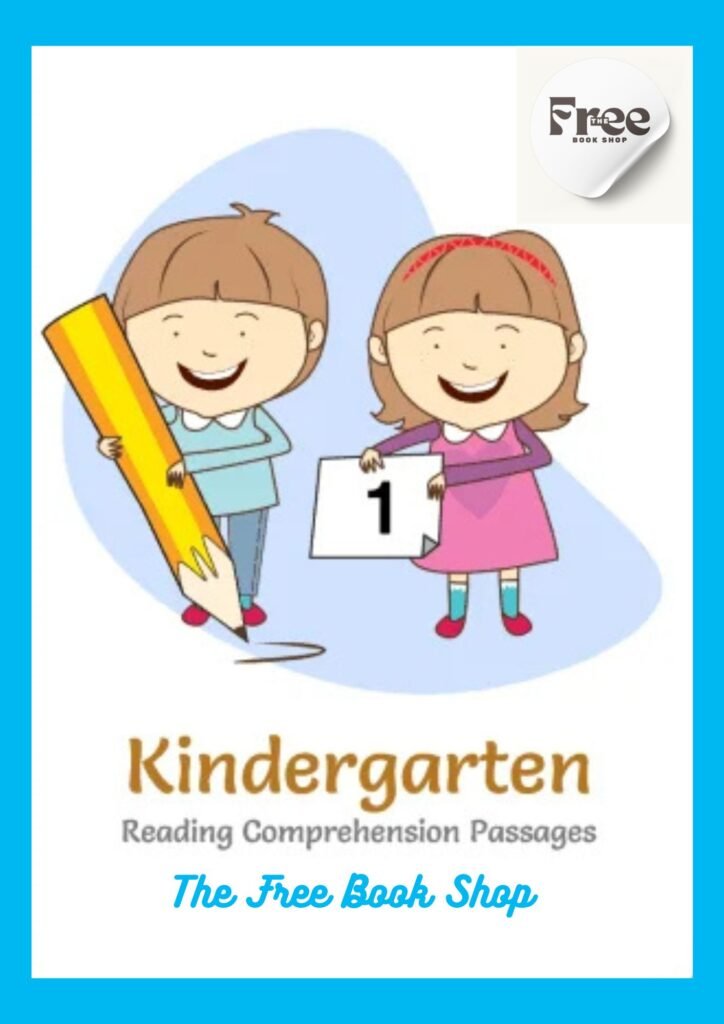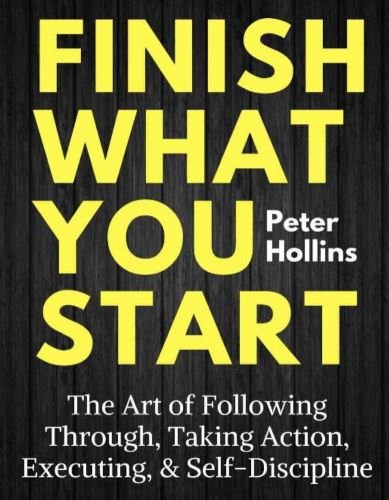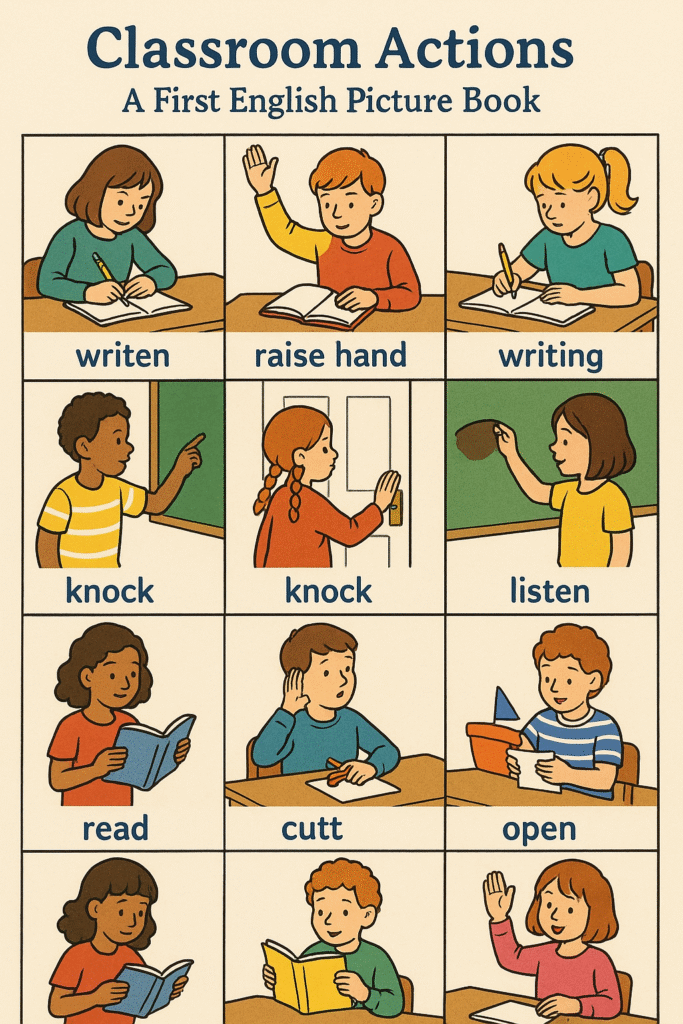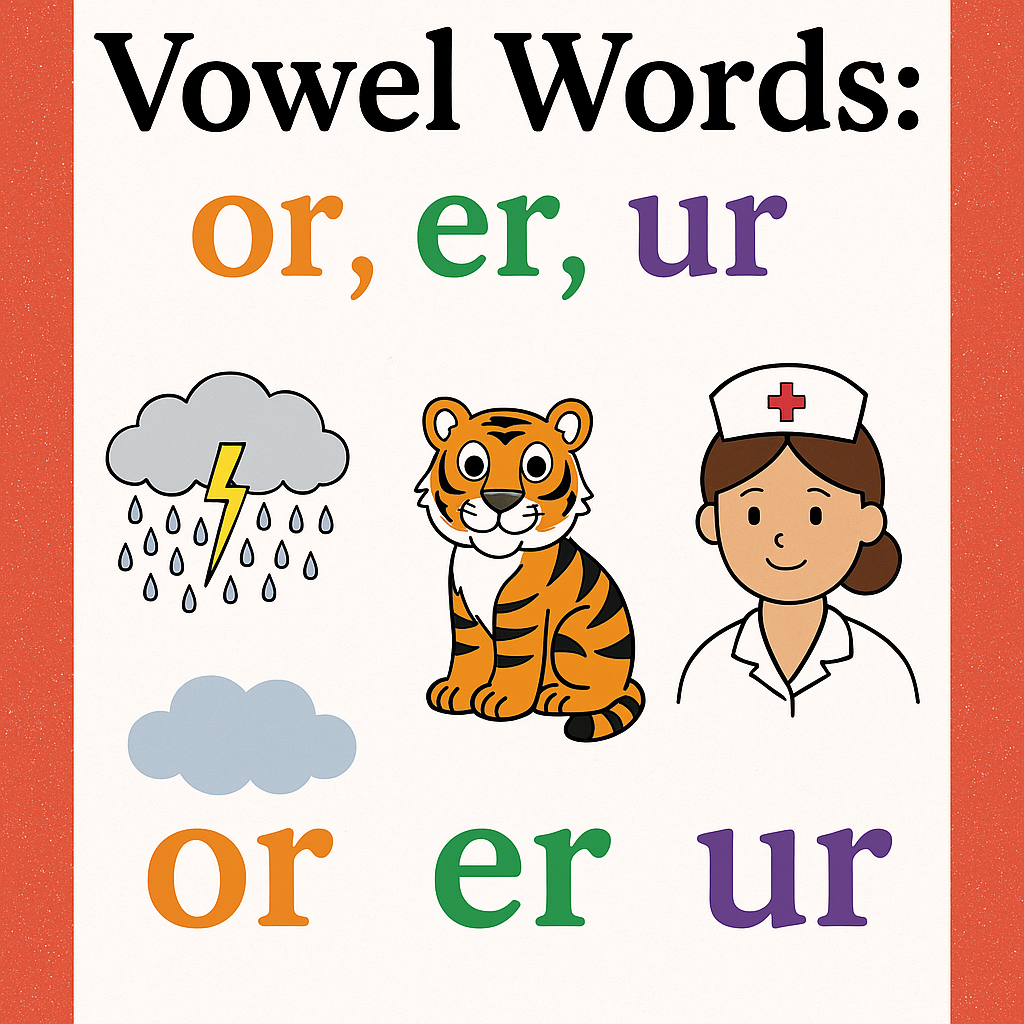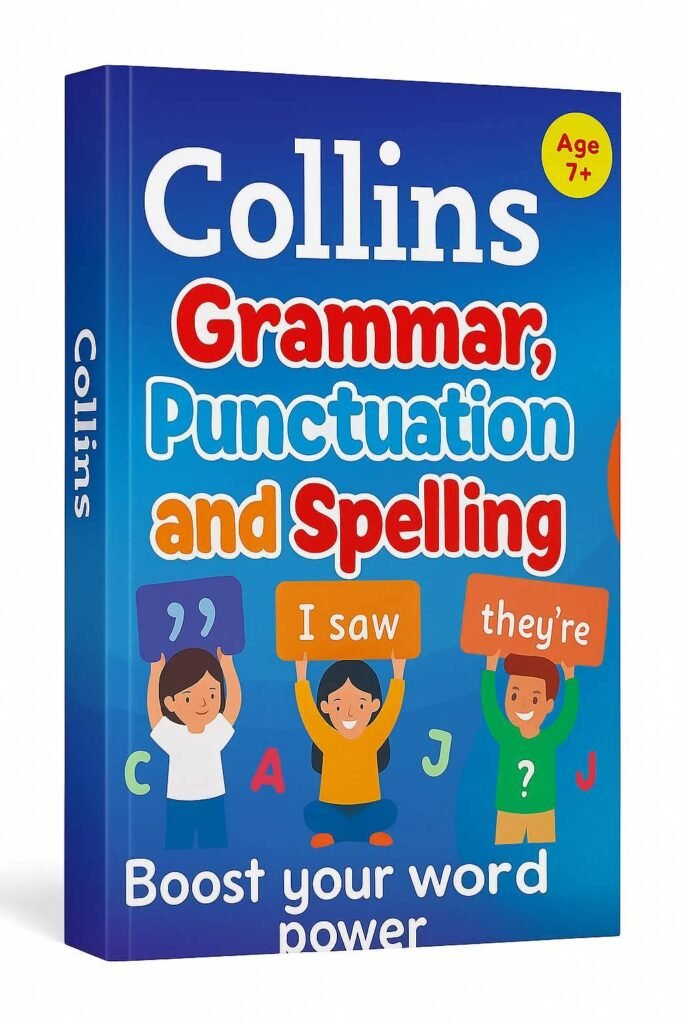Table of Contents
-
📘 Teaching English as a Second or Foreign Language (4th Edition)
Editor: Marianne Celce-Murcia
Publisher: National Geographic Learning / Heinle Cengage
ISBN: 9781111351699
Edition: 4th (2014)
✅ Summary of the First 10 Pages (Introduction + Foundations)
🔹 1. Purpose and Scope of the Book
-
Designed for teacher education programs and practicing ESL/EFL teachers.
-
Focuses on both theory and classroom application.
-
Covers all major areas: grammar, vocabulary, speaking, listening, reading, writing, pronunciation, assessment, and technology.
🔹 2. Understanding the Field of TESOL
-
TESOL = Teaching English to Speakers of Other Languages.
-
Two major contexts:
-
ESL (English as a Second Language): In English-speaking countries.
-
EFL (English as a Foreign Language): In non-English-speaking countries.
-
-
Also includes ESP (English for Specific Purposes) and EAP (English for Academic Purposes).
🔹 3. Historical Background
-
Grammar-Translation Method: Focused on reading/writing, grammar rules.
-
Audiolingual Method: Based on behaviorism; used repetition and drills.
-
Communicative Language Teaching (CLT): Emphasizes communication and real-life usage.
🔹 4. Current Trends in English Teaching
-
Emphasis on communicative competence: grammatical, sociolinguistic, strategic, and discourse competence.
-
Use of task-based learning, student-centered classrooms, and authentic materials.
-
Integration of technology (blended learning, mobile-assisted language learning).
🔹 5. Qualities of Effective Language Teachers
-
Knowledgeable in linguistics and language teaching theory.
-
Skilled in classroom management and lesson planning.
-
Culturally sensitive and empathetic toward learners.
-
Willing to reflect and adapt to changing learner needs.
🔹 6. Language Learning and Acquisition
-
Refers to foundational theories:
-
Krashen’s Input Hypothesis (comprehensible input = essential).
-
Vygotsky’s Sociocultural Theory (importance of interaction and scaffolding).
-
Interaction Hypothesis (Long) – language develops through conversational interaction.
-
🔹 7. Learner Variables
-
Age, motivation, learning styles, and prior exposure affect success.
-
Important to recognize learner diversity and plan accordingly.
🔹 8. Curriculum Design and Lesson Planning
-
Starts with needs analysis, then goals, objectives, content, sequencing, and evaluation.
-
Advocates backward design: begin with desired outcomes and plan lessons accordingly.
🔹 9. Role of Culture in Language Learning
-
Language and culture are interconnected.
-
Teachers should include intercultural competence as part of instruction.
-
Avoid stereotypes and promote cultural awareness.
🔹 10. Reflective Teaching
-
Ongoing reflection improves effectiveness.
-
Journaling, peer observation, student feedback, and action research are encouraged.
📎 Additional Note:
Each chapter in the book is authored by a different expert in the field and includes:
-
Theoretical background
-
Practical applications
-
Sample classroom activities
-
Discussion questions
-
Further reading
-








